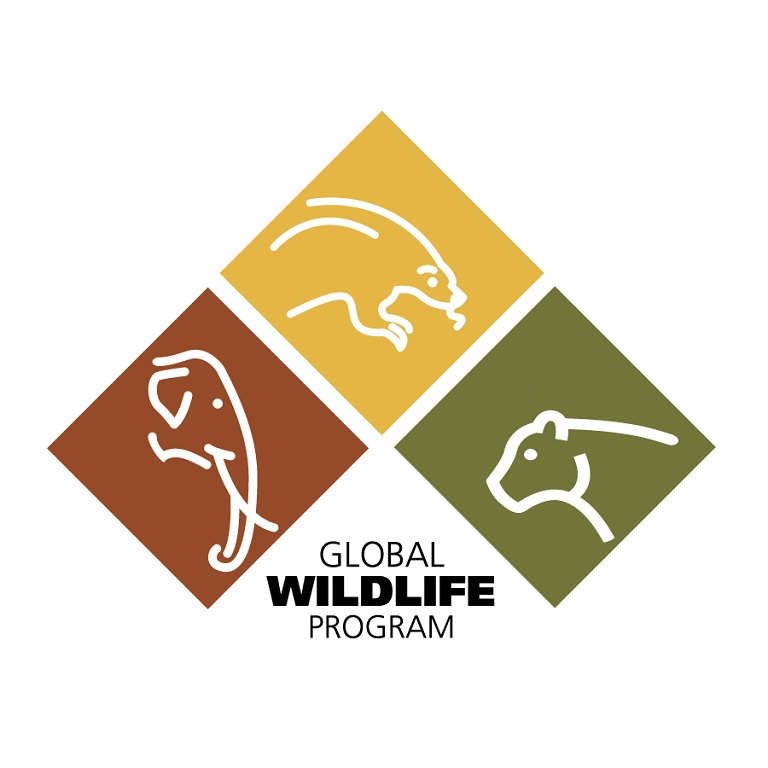The Global Wildlife Program recognizes that efforts toward achieving gender equality are important and critical. The GWP supports national projects to enhance their gender responsiveness and contribute to closing the gender gap. The GWP delivered a three-part gender webinar series from April to July 2022.
The Win-Win of Gender Integration
April 21-June 14, 2022
Online

-
Bringing a gender lens into Global Wildlife Program (GWP) projects is a win-win: it adds value to counter illegal wildlife trade (IWT) and biodiversity conservation projects, while advancing gender equality. Across its national projects, the GWP is working on an impressive and diverse range of activities to close the gender gap in women’s access to and control over natural resources, improve women’s participation and decision-making, and generate socioeconomic benefits for women.
This webinar series aimed to support GWP projects to improve project outcomes and promote gender equality. Led by GWP gender advisor Dr. Joni Seager, the webinars offered practical guidance for GWP projects (and other interested GEF projects interested) on the following topics:
- Integrating a gender lens to improve GWP projects (webinar #1)
- Tools and techniques for measuring and reporting on gender (webinar #2)
- Gender best practices for the field (webinar #3)
Key takeaways from the sessions include:Integrating a gender lens to improve GWP projects
- Gender norms and roles shape and drive people’s relationships to wildlife, conservation, environment, IWT, and reducing IWT. Developing an understanding about the gendered drivers, actors, impacts, and responses in a project can improve project outcomes.
- Through surveys and interviews, project teams can systematically investigate the different attitudes that men and women hold toward wildlife and IWT in their project areas and use this information to shape more effective activities.
Tools and techniques for measuring and reporting on gender- Annual progress reports and midterm reviews are opportunities for teams to reflect on their gender mainstreaming activities and identify adjustments.
- Including women in project consultations, activities, etc. is critical, but presence does not equal participation. Project teams should intentionally plan how they will engage women. Techniques such as engaging women champions, “zebra” protocols, and “speaking chips” can be used.
Gender best practices for the field- Take a gendered lens when planning activities and track good practices for knowledge sharing with other GWP and GEF projects.
- Gender disaggregated data collection and analysis helps project teams understand what is really going on in the field.
The GWP also provides one-on-one gender technical support to project teams on an ongoing basis. -
The Win-Win of Gender Integration webinar series had three sessions:
April 21, 2022: Integrating a Gender Lens to Improve GWP Projects
Welcome and Overview of the Agenda Moderator: Wendy Li, GWP, World Bank The Value of Gender Analysis in Counter-IWT and Biodiversity Projects Presenter: Joni Seager, GWP Senior Gender Advisor, World Bank Conversation on Links Between IWT and Gender with GWP Panama Project Guest Speakers: Natalia Young and Ricardo Moreno, Yaguara Panama Foundation May 19, 2022: Tools and Techniques for Measuring and Reporting on Gender
Welcome and Overview of the GWP Lisa Farroway, GWP Program Manager, World Bank Guidance for Measuring, Monitoring and Reporting on Gender Activities Across the Project Lifecycle Presenter: Joni Seager, GWP Senior Gender Advisor, World Bank
Guest Speaker: Ciara Daniels, Policy Specialist, Gender and Environmental Finance, UNDP
Conversation on Integrating Gender into Surveys with GWP GEF-6 Indonesia Project Guest Speaker: Wiene Andriyana, Safeguards, Gender & Monitoring Analyst, UNDP Indonesia July 14, 2022: Gender Best Practices for the Field
Welcome and Overview of Agenda Wendy Li, GWP, World Bank Gender Best Practices from the GEF Portfolio Presenter: Joni Seager, GWP Senior Gender Advisor, World Bank
Guest Speaker: Verona Collantes, Senior Gender Specialist, GEF
Breakout Room Discussions on Project Gender Highlights Gender-Disaggregation of Data: A How-To Presenter: Joni Seager, GWP Senior Gender Advisor, World Bank
-
April 21, 2022: Integrating a Gender Lens to Improve GWP Projects
- Presentation in English, French, and Spanish
- WWF’s Gender and Illegal Wildlife Trade Report and Toolkit, available in multiple languages
May 19, 2022: Tools and Techniques for Measuring and Reporting on Gender
July 14, 2022: Gender Best Practices for the Field- Presentation in English, French, and Spanish
- Resources shared by participants:
- 2018 GEF Gender Policy
- Best Practices in Gender and Biodiversity: Pathways for Multiple Benefits (UNEP and CBD)
- Gender-responsive Indicators for Water Assessment, Monitoring and Reporting (UNESCO World Water Assessment Program)
